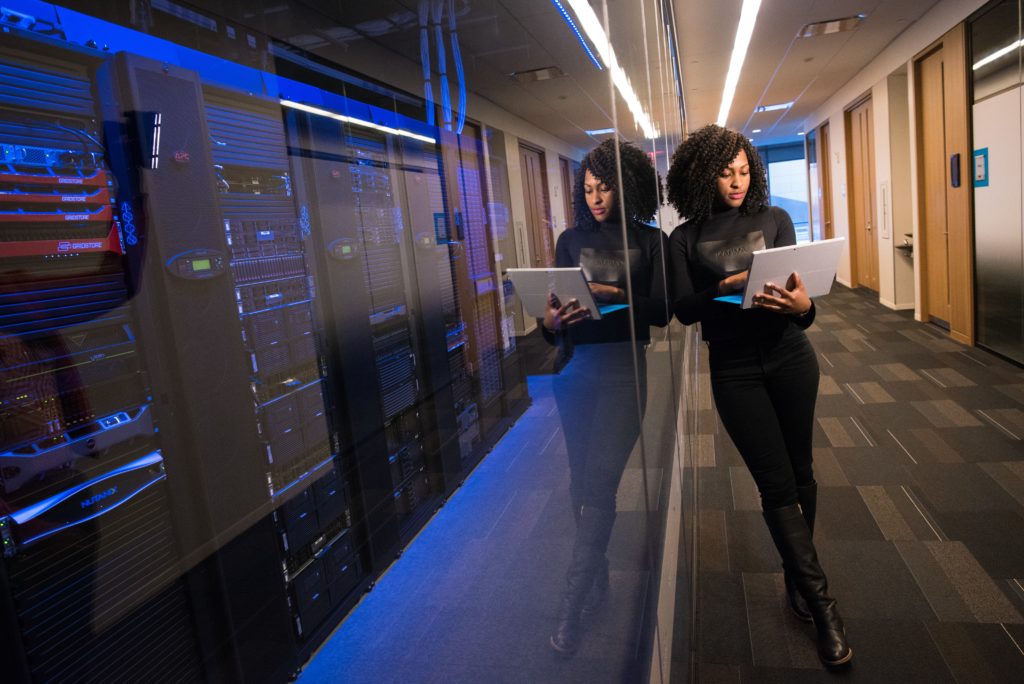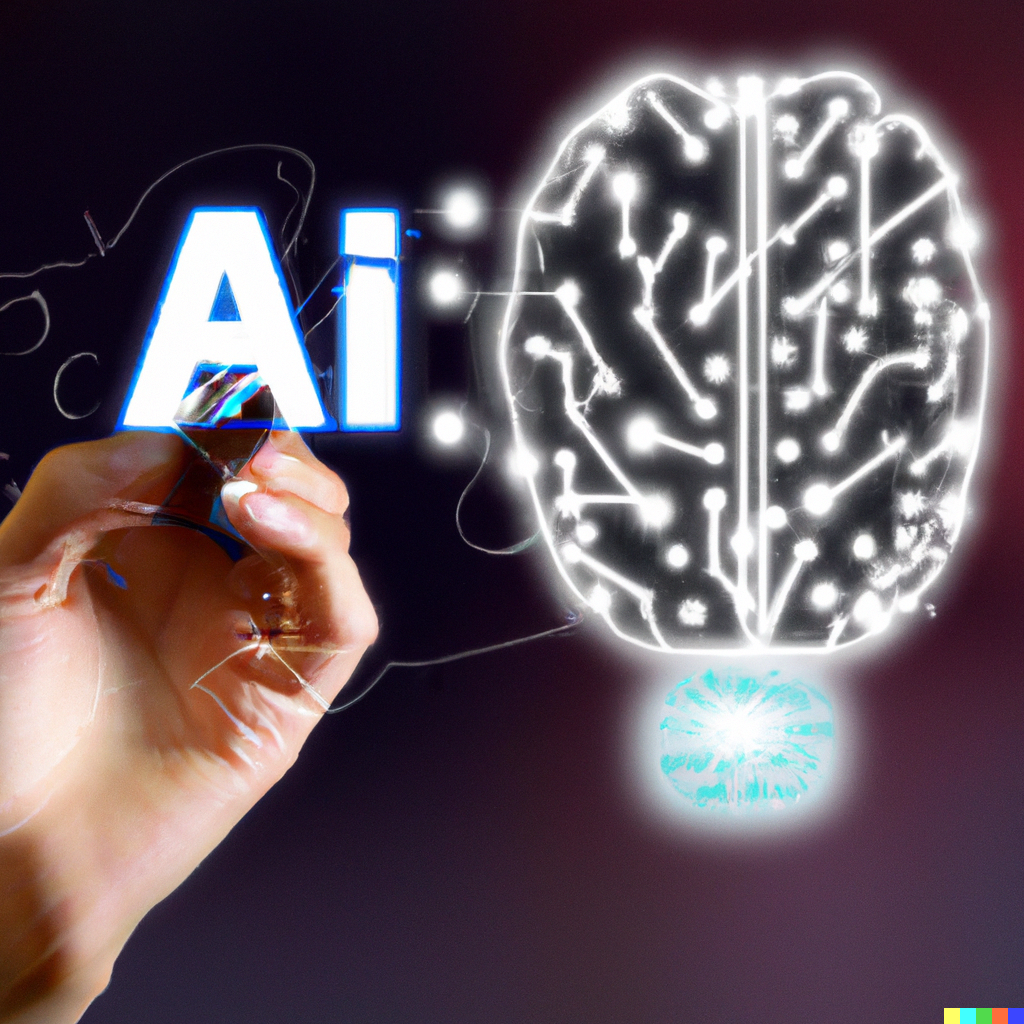
The Rise of the Solopreneur: Triumphs, Challenges, and Future Prospects
The Rise of the Solopreneur: Triumphs, Challenges, and Future Prospects
The solopreneur movement has rapidly gained momentum over the last decade, spurred by technology, changing workforce dynamics, and the allure of independence. Defined as entrepreneurs who build and run their business alone, solopreneurs often operate as “one-person companies” or freelancers. As of 2023, an estimated 41 million Americans identified as solopreneurs or freelancers—a staggering 30% of the workforce. With each passing year, more individuals are opting to carve their own paths as solopreneurs, seeking autonomy and fulfillment. However, like all entrepreneurs, solopreneurs face unique challenges, some of which are likely to intensify as we move past 2025.
The Success of Solopreneurs
Flexibility and Freedom
One of the top reasons for the rise of solopreneurs is the flexibility it offers. Unlike traditional employees, solopreneurs can set their own schedules, choose projects they’re passionate about, and dictate the direction of their business. Take, for instance, Jane, a former corporate marketing executive who transitioned to solopreneurship as a content strategist. The ability to balance her work schedule with her family responsibilities while building a personal brand has been a dream come true for Jane. And she’s not alone: 75% of freelancers state that flexible hours are the primary motivator in their choice of work.
Financial Success and Scalability
While many solopreneurs start small, plenty have turned their ventures into highly profitable businesses. For example, a survey by the Freelancers Union found that 60% of freelancers make more than they would in traditional jobs, with some earning six-figure incomes. In 2022, freelance writers, graphic designers, consultants, and coaches made an average of $70,000 per year—a competitive income, especially given that many solopreneurs work fewer hours than their corporate counterparts.
With the help of technology, some solopreneurs even manage to scale their businesses significantly. For instance, Marie Forleo, a solopreneur in personal development and coaching, started with a small blog and eventually built an empire with courses, books, and an online community, reaching thousands globally. Digital tools, content marketing, and social media have allowed solopreneurs like Marie to build personal brands and successful companies from the ground up.
Professional Fulfillment and Creative Freedom
Another reason solopreneurs find success is the deep sense of fulfillment and creativity they experience. Working independently enables them to align their work with their values, passions, and goals. In a recent survey, 80% of solopreneurs expressed that they feel happier and more satisfied than in traditional employment. Their drive is often evident in their innovation; for example, software developers creating niche apps, graphic designers exploring innovative styles, or consultants crafting custom solutions for specific industries. This creative latitude not only enhances their satisfaction but also sets them apart in a competitive market.
Current Challenges Solopreneurs Face
Financial Uncertainty and Income Fluctuation
While solopreneurs often find financial success, it doesn’t come without its risks. Consistent income can be challenging to maintain, especially in the beginning. According to a survey conducted by MBO Partners, 47% of solopreneurs experience financial uncertainty, with fluctuating cash flow being a significant concern. The same report found that nearly half of solopreneurs regularly save for financial security, underscoring their concern for income stability. Building a steady pipeline of clients can take years, and some solopreneurs may even return to traditional work to supplement their income.
Isolation and Lack of Support
Unlike teams in traditional companies, solopreneurs lack the support of colleagues and often feel isolated. This can affect both their mental health and productivity. In a study by Buffer, nearly 20% of solopreneurs listed isolation as a top challenge. Without co-workers to bounce ideas off or to motivate them, they can struggle with maintaining momentum, particularly during difficult times. To counter this, many solopreneurs turn to co-working spaces or join online communities, which provide networking, collaboration, and social interaction.
Burnout and Work-Life Balance
For solopreneurs, work-life balance can be elusive. The pressure to succeed and the need to manage every aspect of their business—from finances to marketing—often lead to extended hours and even burnout. According to the American Institute of Stress, solopreneurs are at high risk of burnout, with 40% reporting regular feelings of overwhelm. These pressures sometimes turn a passion into a burden, leaving solopreneurs questioning if the freedom is worth the stress.
The Future: Challenges Beyond 2025
Increased Competition and Market Saturation
As more people enter solopreneurship, competition will only intensify, making it harder to stand out. By 2025, it’s expected that over 50% of the workforce will be involved in some form of freelancing or self-employment, whether full- or part-time. This trend means solopreneurs will need to find increasingly creative ways to differentiate their offerings in a saturated market. New entrants will need compelling personal brands, niche specializations, or advanced marketing tactics to capture attention.
Keeping Up with Technological Advancements
The rapid pace of technological advancements poses a challenge as well. From AI to blockchain and VR, new technologies are transforming industries, and solopreneurs must continuously adapt to stay relevant. A report from the World Economic Forum anticipates that AI and automation will transform over 50% of current job tasks by 2025. While these technologies present opportunities, they also demand a commitment to lifelong learning. For solopreneurs, this means consistently investing time in education to integrate new tech and avoid obsolescence.
Regulatory and Tax Challenges
With the growth of gig and solopreneur economies, governments around the world are adapting tax codes and regulations to encompass this shift. For example, new laws in the EU mandate specific benefits for freelancers, and states across the U.S. have proposed legislation for independent contractor protections. Navigating these changing landscapes will likely pose a challenge for solopreneurs, who may find themselves needing more legal and financial guidance than ever before.
Access to Capital and Financial Growth
Solopreneurs often face challenges in accessing capital, as traditional lenders favor larger companies or startups with multiple founders. Beyond 2025, this may continue to restrict solopreneurs from scaling their businesses effectively. To address this, some organizations have proposed targeted loan programs or financial resources for solopreneurs, though these initiatives are still in their infancy.
How Tech-ke Can Help
As a solopreneur, your online presence is your storefront. At Tech-ke, we understand the unique needs of solopreneurs and are here to support you at any stage of your journey. Whether you’re launching your first business website or refreshing an existing one, Tech-ke’s team is committed to designing innovative, high-performance websites that set you apart in an increasingly crowded market. Using cutting-edge technology, video, and even drone footage, we create immersive online experiences tailored to your brand. Let’s build something great together—reach out to Tech-ke today and take your solopreneur business to the next level.








































